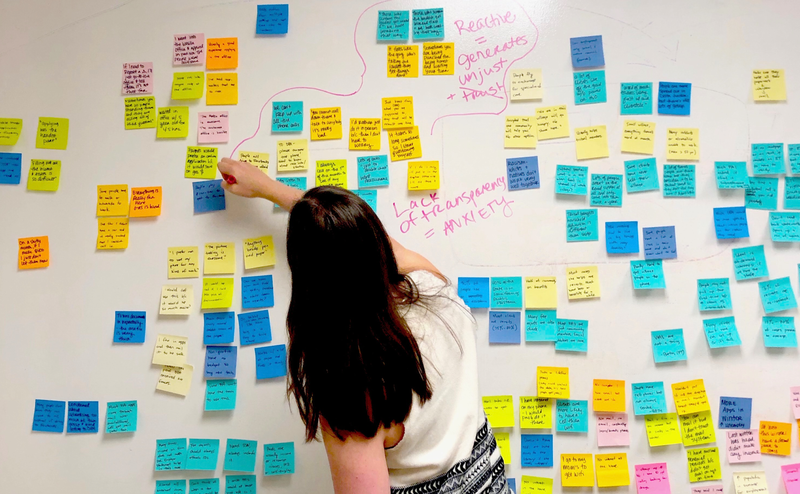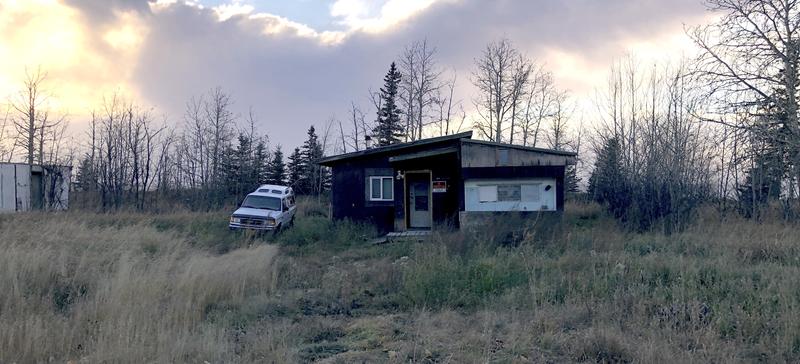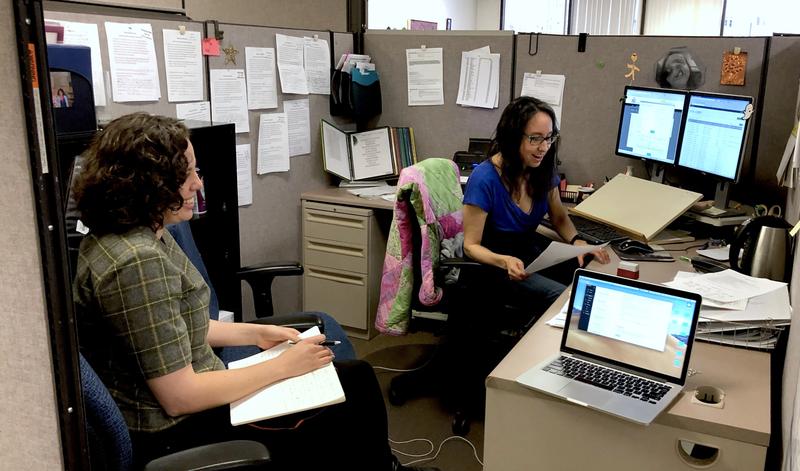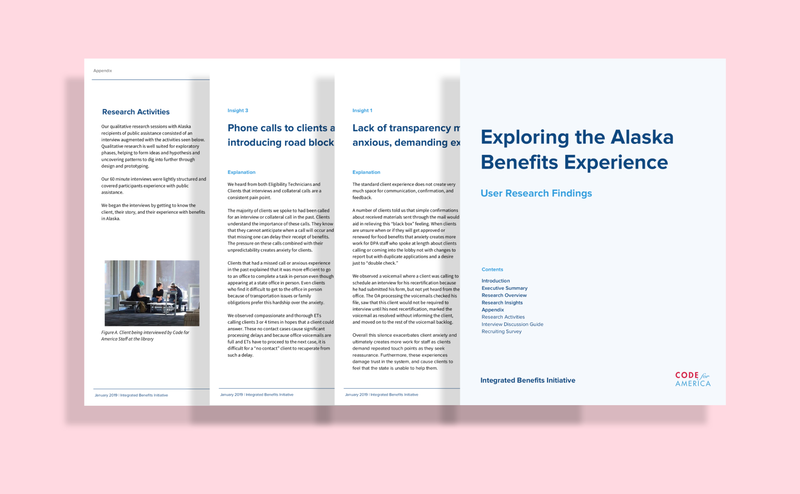Alaskan Safety Net
Research / Design
2018
In 2018, we engaged with the State of Alaska to improve access to safety net services. We conducted research to understand the biggest opportunity areas and prototyped two technology-based interventions.


Reseacher, Nicole Rappin and I, synthesizing our interviews and observations after spending two weeks in Alaska.
In 2018, Code for America engaged with the State of Alaska to improve equality and access to services like Medicaid and food stamps. We prototyped two services that we continuously improved from user feedback. The first was a digital assister that empowered remote state employees to better aid their communities. The second was a text-based reminder system to make sure people did not unnecessarily lose their benefits.
Opportunity
When it comes to public services, Alaska faces many challenges that differ from other parts of the United States. A large part of its population live in remote regions only accessible by plane or boat. Medical aid often requires being airlifted. Remote native communities in these regions rely primarily on sustainence hunting and fishing to survive. In the winter, weather conditions can cripple jobs and mail communication.

Over the last few years, internet and cellular access in these areas have become prevalent. As we began our partnership, we asked ourselves, are there opportunities for technology to improve how government can reach these communities?
Research and Prototyping
In the summer of 2018, a research team went up to Alaska to better understand the safety net experience. They identified two potential areas for improvement. First, there was an opportunity to providing better support to the state workers embedded in remote communities. Second, there was an opportunity to improve communication key points in the enrollment and renewal process.
After the discovery phase, I was brought on as a research designer to develop initial prototypes to test with the public as well as state employees. By quickly creating something tangible based on our initial understanding, we had something that allowed us to collect more in-depth feedback and observations that deepened our understanding.

Shadowing case workers in the Alaskan Department of Public Assistance
We created a digital assister that helped guide remote state workers through the application and interview process. We tested this with remote communities to understand their access to the internet as well as their comfort using digital tools. We also shared the prototype with state leadership and shadowed case workers in order to fine tune the tool and ensure that remote applications could be processed without issues.
We interviewed and tested our prototypes with remote communities.
For the text-based reminder system, I created a video prototype that illustrated to state workers how we could use existing data to reduce missed recertification and reduce stress and anxiety in clients. We interviewed Alaskan who were on food stamps or medicaid to understand what types of messages would have been the most helpful and what type of communication medium their would have preferred.
A video prototype to show how existing data could be used to improve the user experience.
Delivery and Sharing Learnings
While our north star is improve social services for the public, it was also important that we set an example on how to work and share our learnings. To this end, we have involved our government partners and produced learning reports at every step.

Our goal is not only to build digital products but to help others understand how to design better services for the underserved.
Currently, we are in conversation with the state of Alaska to roll out a wider pilot version of our tools. In this stage, we will continue to use in-depth interviews as well as data collected to understand if our interventions are successful.